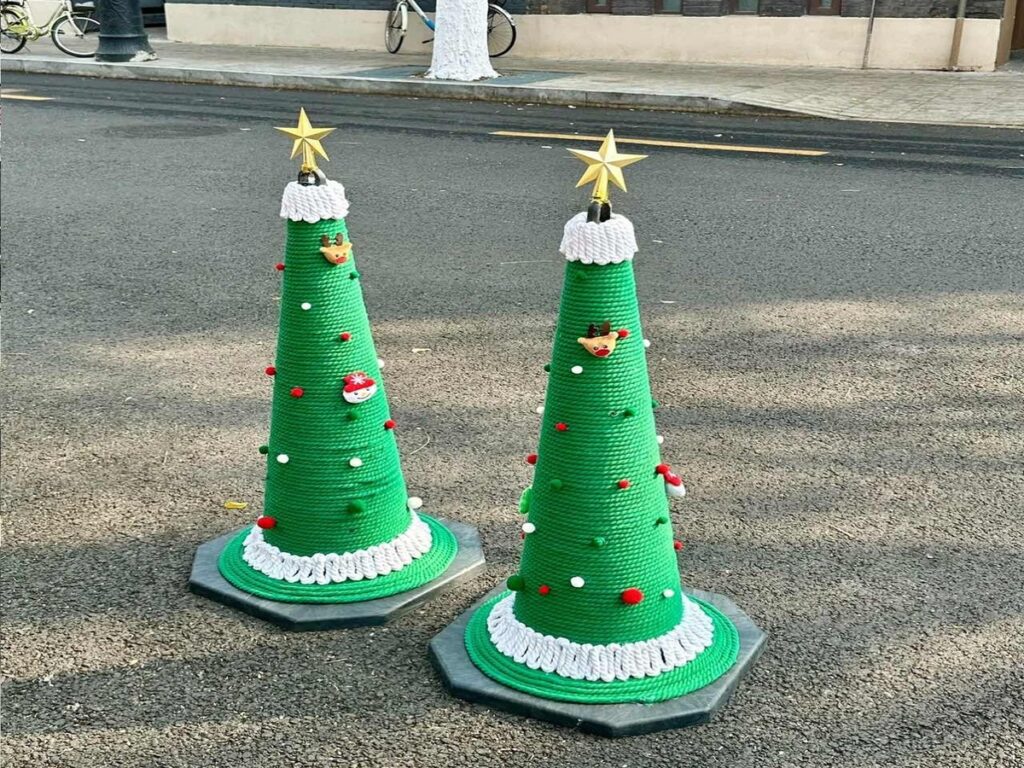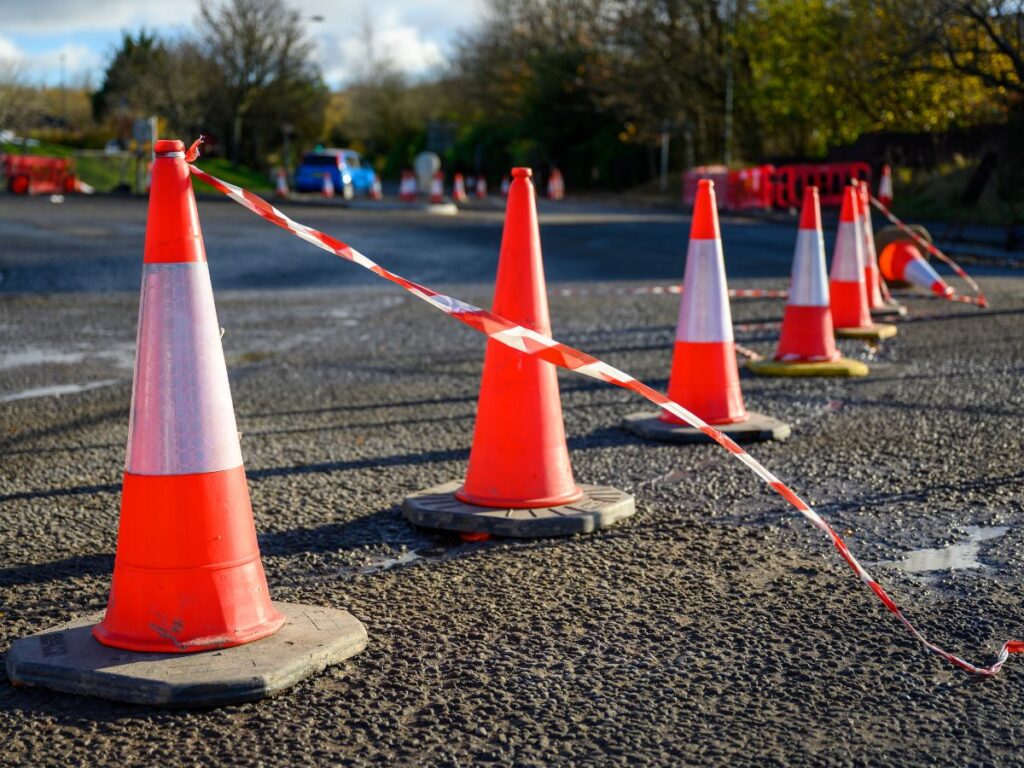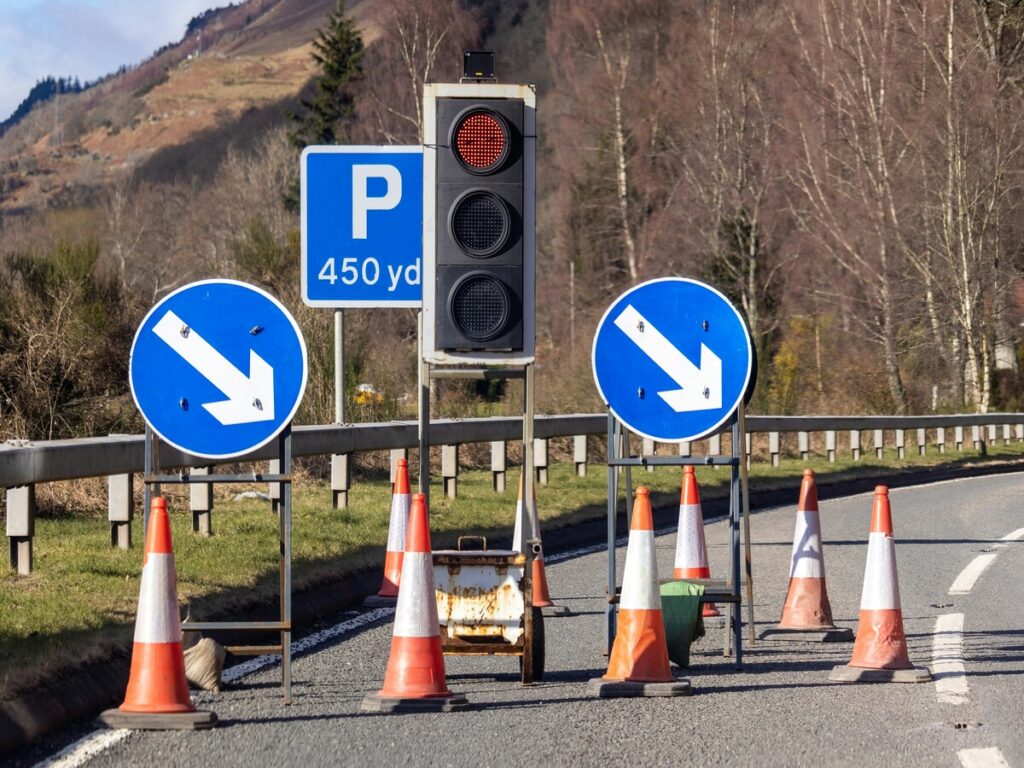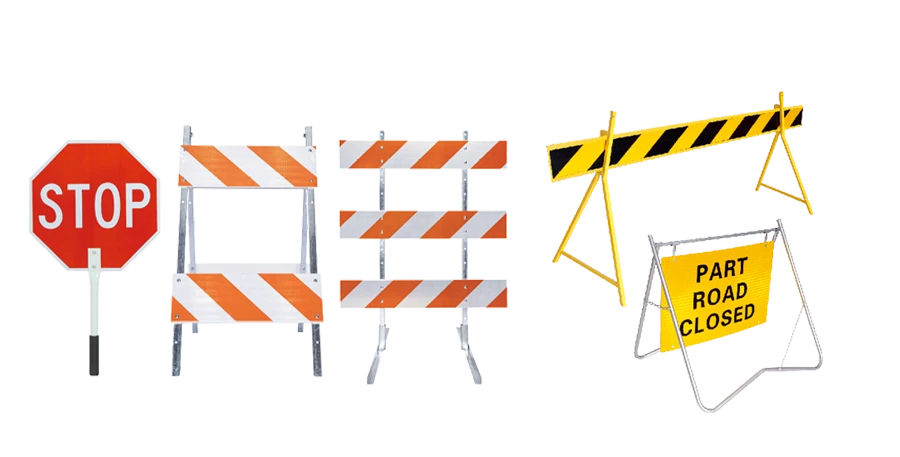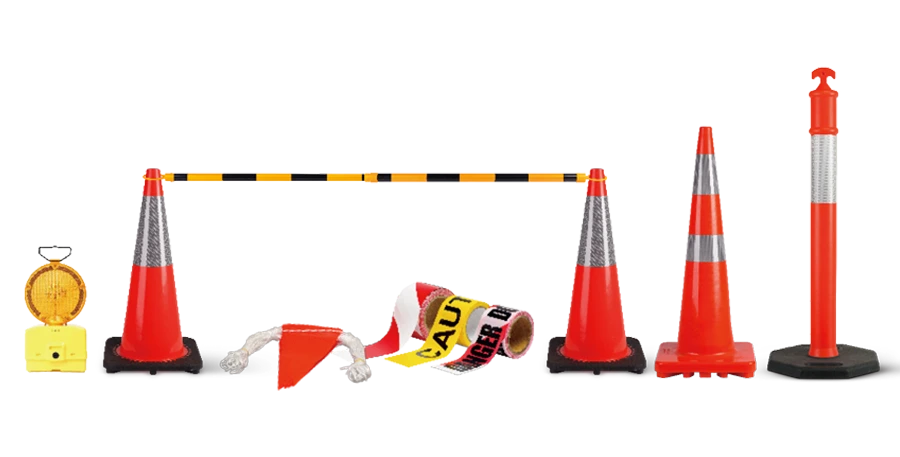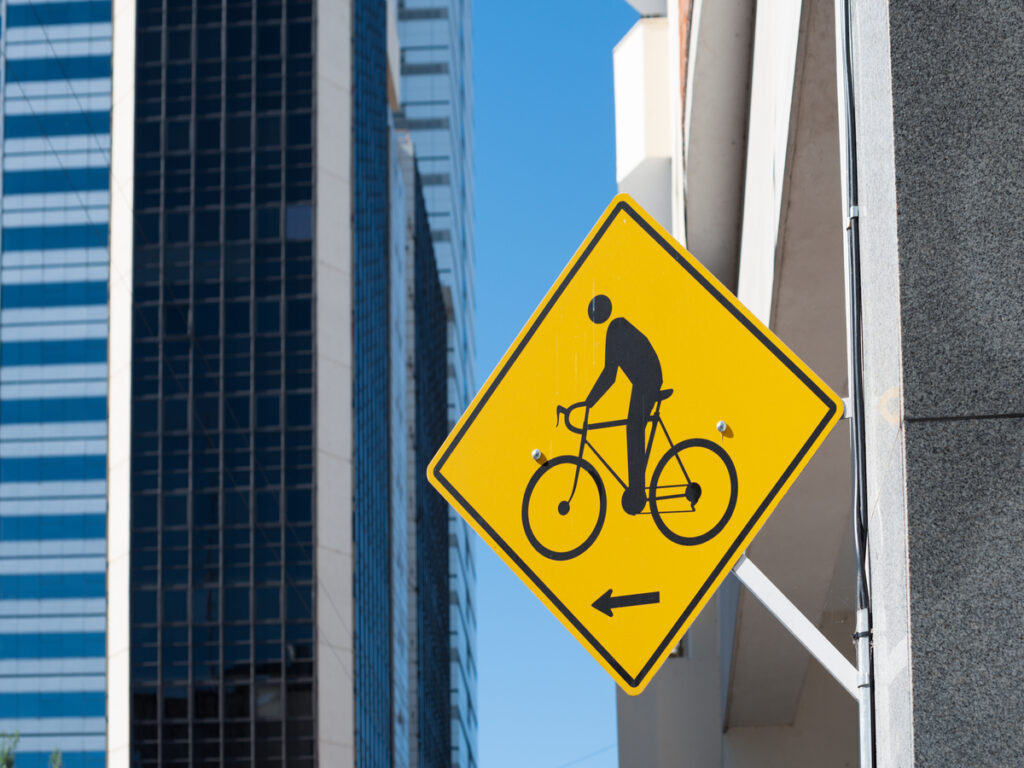
AS 1742.9 is the rule for bicycle and pedestrian signs in Australia. Clear and correct signs keep people safe when they walk or ride bikes. These signs also help people move safely without cars. More people are choosing to walk or cycle now, so good signs are even more important.
| Metric | Data / Trend |
|---|---|
| Average annual cyclist hospitalisations (1999-00 to 2015-16) | Over 9,000 per year |
| Cyclist hospitalisations in 2015-16 | More than 12,000 |
| Average annual cyclist fatalities | 38 per year |
| Change in hospitalisation rates for pedestrians | Decreased by 2.2% |
| Increase in hospitalisations for cyclists aged 45-64 | ~600% increase over study period |
- Fewer children walk or cycle to school now. In the 1970s, 80% did, but now only about 20% do.
- During COVID-19, some cycleways saw bicycle numbers go up by over 300%.
- Governments want to double the number of people using active transport in twenty years.
Bicycle signs and pedestrian signs help lower dangers. They make trips safer and healthier for everyone. OPTRAFFIC offers a wide range of compliant pedestrian and bicycle traffic signs that meet Australian Standards, helping contractors and councils create safer streets for all users.
Key Takeaways
- AS 1742.9 gives clear rules for bicycle and pedestrian signs. These rules help keep people safe. They also help people travel easily without cars.
- Good signs use simple symbols and words. Everyone can understand them, like children, older people, and people with disabilities.
- Signs must be put where people can see them well. They should be at the right height and distance. This helps stop confusion and accidents.
- Shared path signs help cyclists and pedestrians share space safely. They show where each person should go.
- Councils and planners should check and update signs often. This keeps them clear, legal, and right for local needs.
Overview
Purpose
AS 1742.9 gives the rules for bicycle and pedestrian signage in Australia. This standard tries to make roads and paths safer for people who walk or ride bikes. It helps planners and engineers pick the right signs for each place. Good signs stop people from getting confused and help prevent accidents. The standard also helps more people use active transport by making it easier to travel without cars.
Note: Clear signs show everyone where to walk or ride. This keeps people safe and helps travel go smoothly.
Scope
AS 1742.9 talks about all kinds of traffic signs for bicycles and pedestrians. The standard is for city streets, suburbs, and country roads. It has rules for shared paths, crossings, and separate lanes. The standard tells how to use symbols, words, or both on signs. It gives tips for putting signs in parks, near schools, and by the water. Local councils can add more rules, but all signs must follow AS 1742.9.
Key areas covered:
- Regulatory signs (like “No Bicycles” or “Pedestrian Only”)
- Warning signs (like “Cyclists Ahead”)
- Wayfinding signs (like route markers or distance signs)
Key Principles
The standard uses some main ideas to keep everyone safe:
- Clarity: Signs must be easy to see and simple to understand. Symbols should be clear and easy to know.
- Consistency: All signs should look the same in every place. This helps people spot them fast.
- Inclusivity: Signs must work for everyone, like children, older people, and people with disabilities.
- Visibility: Signs need to be seen in all weather and at night. Reflective things and strong colours help with this.
- Compliance: Signs must follow the law and fit local needs.
Here is a table that shows the main ideas:
| Principle | What it Means |
|---|---|
| Clarity | Easy to read and understand |
| Consistency | Same style everywhere |
| Inclusivity | For all users |
| Visibility | Seen day and night |
| Compliance | Meets legal standards |
Sign Types
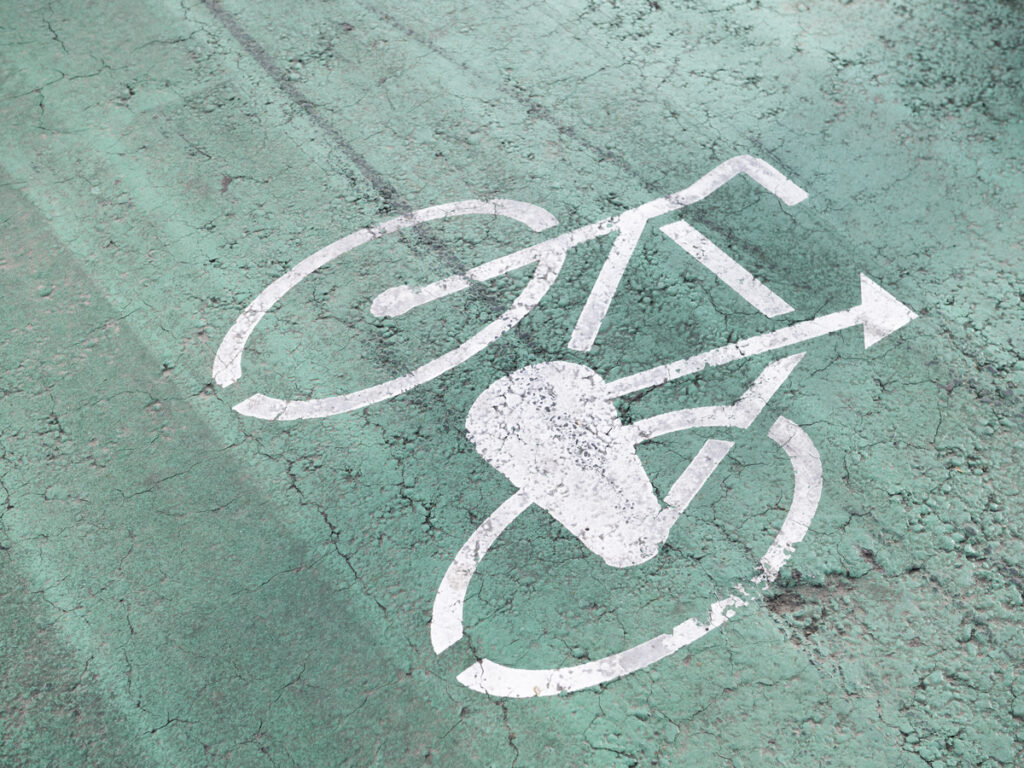
Bicycle Signs
Bicycle signs help cyclists know where to ride and what rules to follow. AS 1742.9 lists three main types of bicycle signs: regulatory, warning, and wayfinding. Regulatory signs tell cyclists what they must or must not do. For example, a “Bicycles Only” sign shows that only cyclists can use a path. A “No Bicycles” sign means cyclists cannot enter that area. Warning signs alert cyclists to dangers ahead, such as sharp bends or steep slopes. Wayfinding signs help cyclists find their way by showing directions, distances, or routes.
Bicycle signs often use clear symbols, like a simple bike pictogram. These symbols help everyone understand the message, even if they do not read English. Some bicycle signs use words, especially in places where extra detail is needed. In busy areas, combination signs use both symbols and words to make the message very clear.
Tip: Planners should check the latest version of AS 1742.9 to use the correct symbols and layouts for bicycle signs.
Pedestrian Signs
Pedestrian signs guide people who walk. These signs show where it is safe to cross, walk, or wait. Regulatory pedestrian signs include “Pedestrian Only” or “No Pedestrians” signs. These signs keep walkers safe by marking areas just for them or warning them to stay out of dangerous places. Warning signs might say “Pedestrians Ahead” to alert drivers and cyclists.
Wayfinding signs help walkers find parks, schools, or shops. These signs often use a walking person symbol. In some places, pedestrian signs use words to give more information, such as “Cross at Lights” or “Use Footpath”. Clear pedestrian signs help everyone, including children and older people, move safely.
Shared Path Signs
Shared path signs show when a path is for both cyclists and pedestrians. These signs help everyone know how to share the space. The standard says to use shared path signs at the start and end of shared paths, and at places where paths cross roads or change direction.
Shared path signs often use both a bike and a walking person symbol. Sometimes, the sign will also have words like “Shared Path” or “Give Way”. These signs help reduce confusion and prevent accidents. In busy parks or near schools, planners may use extra signs or pavement markings to remind users to share the path.
| Sign Type | Example Symbol | Typical Use |
|---|---|---|
| Shared Path | 🚶♂️ + 🚲 | Start of shared path |
| Separated Path | 🚶♂️ / 🚲 (side by side) | Divided lanes for each use |
| End Shared Path | 🚶♂️ + 🚲 (crossed out) | End of shared path |
Symbols and Words
AS 1742.9 allows signs to use symbols, words, or both. Symbol-only signs work well in places with many tourists or people who speak different languages. The bike pictogram and walking person symbol are easy to recognise. Word-based signs give extra detail, such as “Cyclists Dismount” or “Pedestrians Give Way to Cyclists”. Combination signs use both symbols and words for extra clarity, especially in busy or complex areas.
The 2018 update to AS 1742.9 made some symbols clearer and easier to see. The standard now gives rules for the size, colour, and style of symbols. For example, the bike symbol must face the same way on all signs, and the colours must stand out against the background. Planners must use only the accepted symbols from the standard. Outdated or unclear icons can confuse users and may not meet legal requirements.
Note: Good signs use clear symbols and simple words. This helps everyone understand the rules and stay safe.
Placement
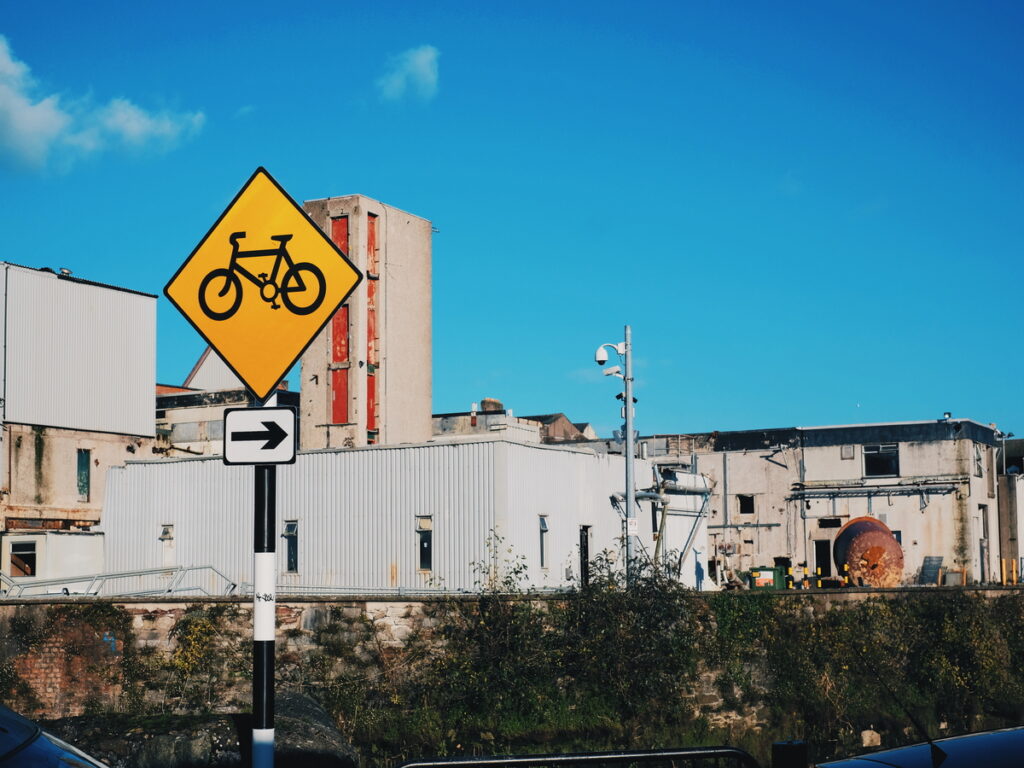
Installation
Putting up bicycle and pedestrian signs the right way is very important for safety. Planners need to put signs where people can see them easily. Signs should face people coming towards them. The standard says to put signs between 1.5 and 2.5 metres high. This makes sure adults and children can see the signs.
How far apart signs are is important too. If there are too many signs, people might get confused. If there are not enough signs, people might not know what to do. AS 1742.9 gives advice about the best space between signs. Planners usually put signs at the start and end of paths, at crossings, and before any dangers. Signs must not block where people walk or ride.
Tip: Signs should not be hidden by trees, parked cars, or things on the street.
Pavement Markings
Pavement markings help signs guide people. These markings use painted symbols, arrows, and lines. On shared paths, planners paint bike and pedestrian symbols on the ground. Lines help keep cyclists and walkers in their own lanes.
Markings must be easy to see and not slippery. The standard says to use white or yellow paint so markings stand out. In busy places, planners might add more markings to remind people of the rules. Pavement markings wear away, so councils need to check and repaint them often.
| Marking Type | Purpose |
|---|---|
| Bike Symbol | Shows cycle lane or path |
| Pedestrian Symbol | Marks walking area |
| Separation Line | Divides path for each user |
Urban vs Regional
Where road signs go changes in different places. In cities, there are more signs and they are closer together. Planners use extra lights and shiny materials so signs can be seen at night. Signs are often near schools, parks, and busy crossings.
In country areas, there are fewer signs. Paths are longer, so signs are further apart. Materials must last in bad weather, especially near the sea. Some councils use signs with two languages or local symbols to help everyone.
Note: Local councils might have extra rules. Planners must check both AS 1742.9 and council rules before putting up signs.
Compliance
Legal Standards
AS 1742.9 gives the legal rules for bicycle and pedestrian signage in Australia. Councils and planners must use these rules when putting up signs. The standard tells which signs to use and where to put them. It also says how to make traffic signs easy to see. Local councils can add more rules, but all signs must follow the national standard first. If signs do not follow AS 1742.9, they might not be legal. This can make people confused or cause accidents. Planners should always look at the newest version of the standard and any local council rules before starting work.
Note: Using the right symbols and layouts helps everyone know what signs mean and keeps people safe.
Inclusivity
Good traffic safety signs help everyone. AS 1742.9 tells planners to think about people of all ages and abilities. Signs must be clear for children, older people, and people with disabilities. Big symbols and easy words help people who do not read English well. Bright colours and shiny materials make signs easy to see in any weather and at night. Some places add raised or sound features for people who cannot see or hear well. Inclusive signs help more people use paths safely.
| Feature | Why It Matters |
|---|---|
| Large symbols | Easy for all to recognise |
| High contrast | Visible in low light |
| Simple words | Clear for everyone |
| Tactile/Audible | Helps those with disabilities |
Best Practice
Planners should check signs often. Paths and roads can change over time. New people may need different signs. Councils should look for broken, faded, or missing signs. They should update signs to match new rules or what people need. Using the right symbols from AS 1742.9 keeps bicycle signs and pedestrian signs clear and legal. Checking and updating signs often helps keep everyone safe.
Tip: Councils can ask local people what they think about signs. This helps find problems and makes things safer.
Following AS 1742.9 helps keep people on bikes and people walking safe. Clear signs help everyone, like kids and older adults. Planners and engineers should do a few things. They need to check signs often to see if they are broken or faded. They should use symbols and words that are easy for everyone to understand. Signs must be updated when rules change or when local needs are different.
Good traffic signs make it safer and easier for everyone to travel. Councils can ask people in the area what they think to help make paths and signs better. Community feedback also supports better planning and ensures signs match local needs. To understand the full legal and design requirements behind every traffic sign, see our blog: Understanding AS 1742: The Foundation of Australian Traffic Sign Regulations.
FAQ
What is AS 1742.9?
AS 1742.9 is the Australian Standard for bicycle and pedestrian signage. It gives rules for signs that help people walk and cycle safely. Councils and planners use this standard to choose and place the right signs.
Why do shared paths need special signs?
Shared paths have both cyclists and pedestrians. Special signs help everyone know where to go and how to share the space. These signs reduce confusion and help prevent accidents.
How do symbols help people understand signs?
Symbols use pictures instead of words. People from different countries or those who cannot read English can still understand the message. Symbols make signs quick and easy to recognise.
Tip: Always look for clear symbols on signs when walking or cycling.
Who checks if signs follow AS 1742.9?
Local councils and road planners check the signs. They make sure all signs meet the standard and any extra local rules. Regular checks help keep signs safe and easy to see.


